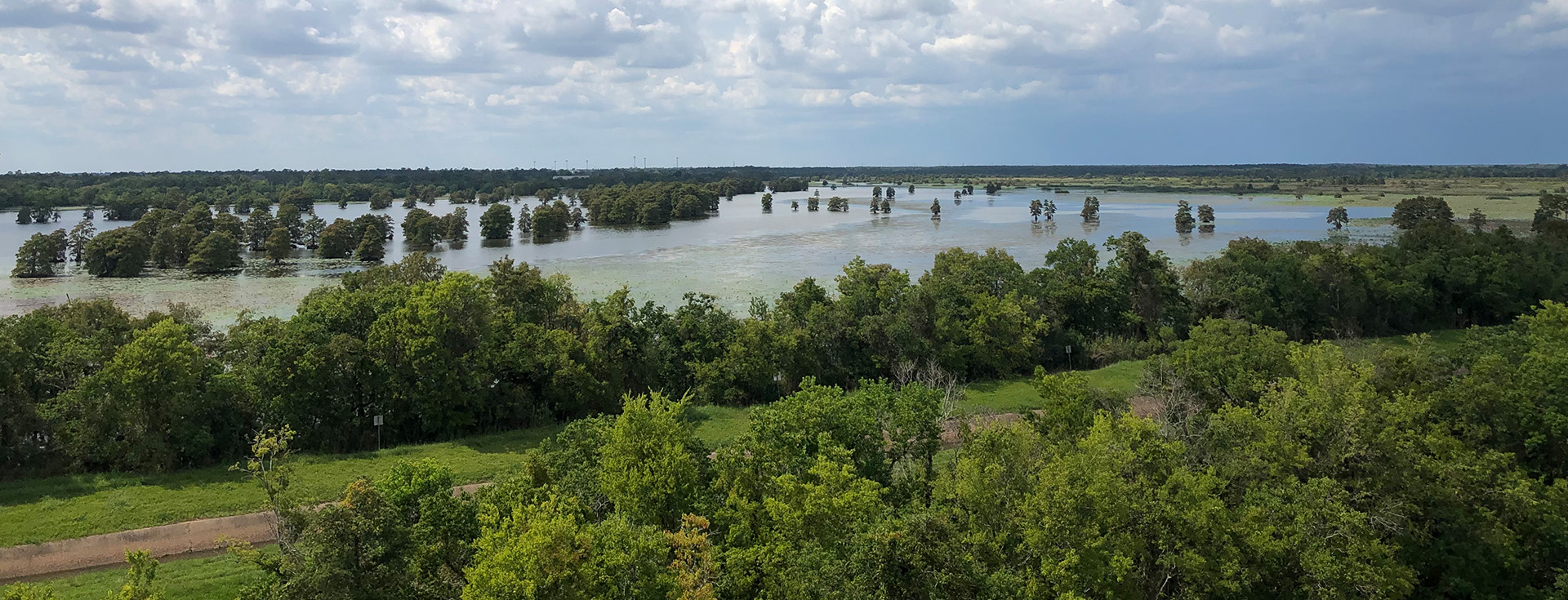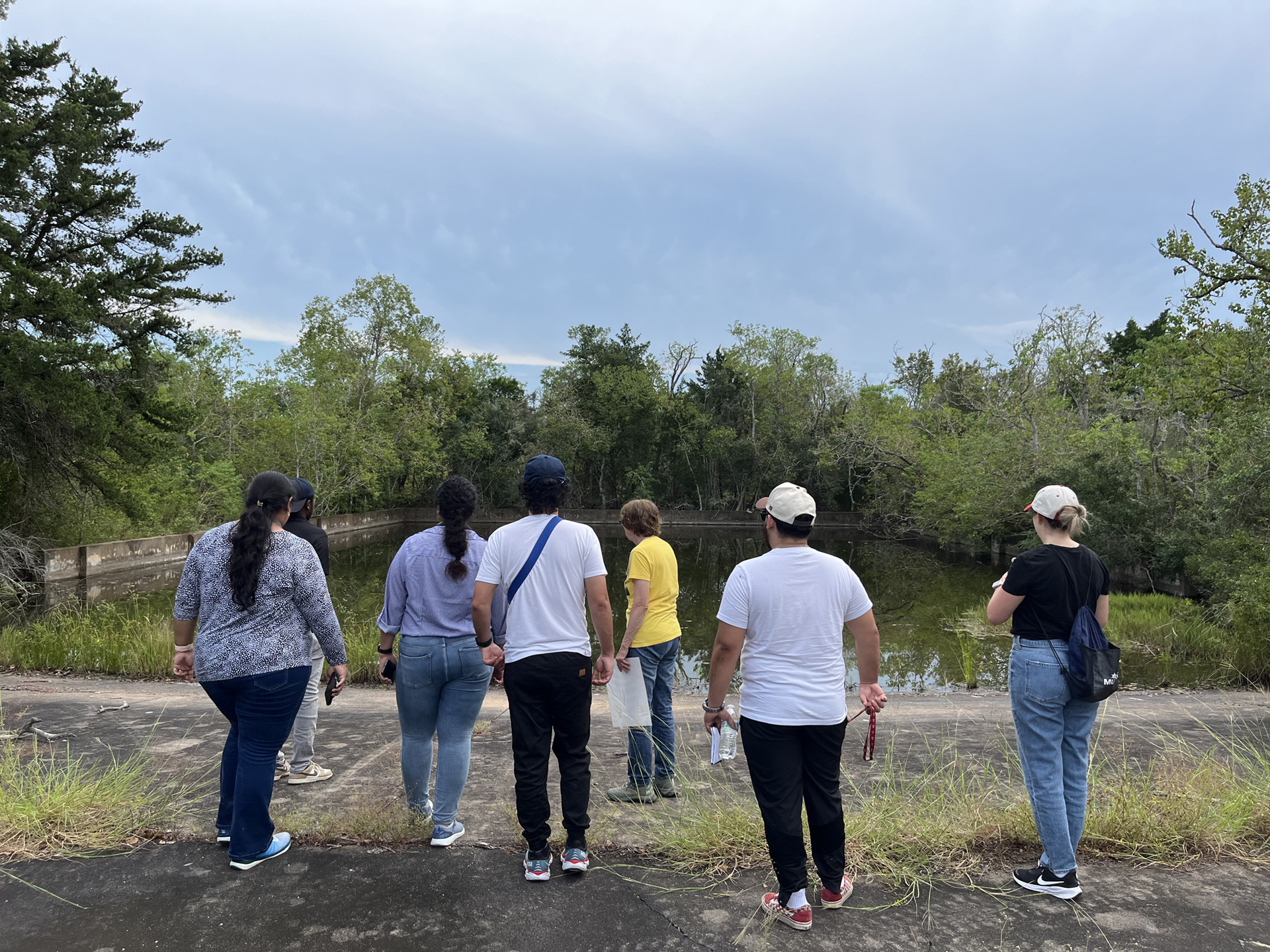About the Lab
The “Adaptive Ecofutures” studio, led by University of Houston professors Dalia Munenzon and Matthew Johnson, is an ambitious program addressing the Gulf Coast's environmental and urban challenges. Funded by a $748,848 grant from the Gulf Research Program of the National Academies of Sciences, Engineering, and Medicine, this initiative equips future designers with tools to build sustainable, resilient communities. The studio adopts a multi-scalar approach, ranging from large-scale watershed planning to detailed architectural interventions, with a focus on the Lower Galveston Bay Watershed—a 4,000-square-mile region facing issues such as flooding and pollution. Students collaborate with experts across various fields, engaging in projects that balance ecological preservation with sustainable urban development. Partnerships with organizations like the Hurricane Resilience Research Institute and local community organizations enhance the program's impact, fostering interdisciplinary research and community involvement to address pressing environmental and social challenges along the Gulf Coast.




